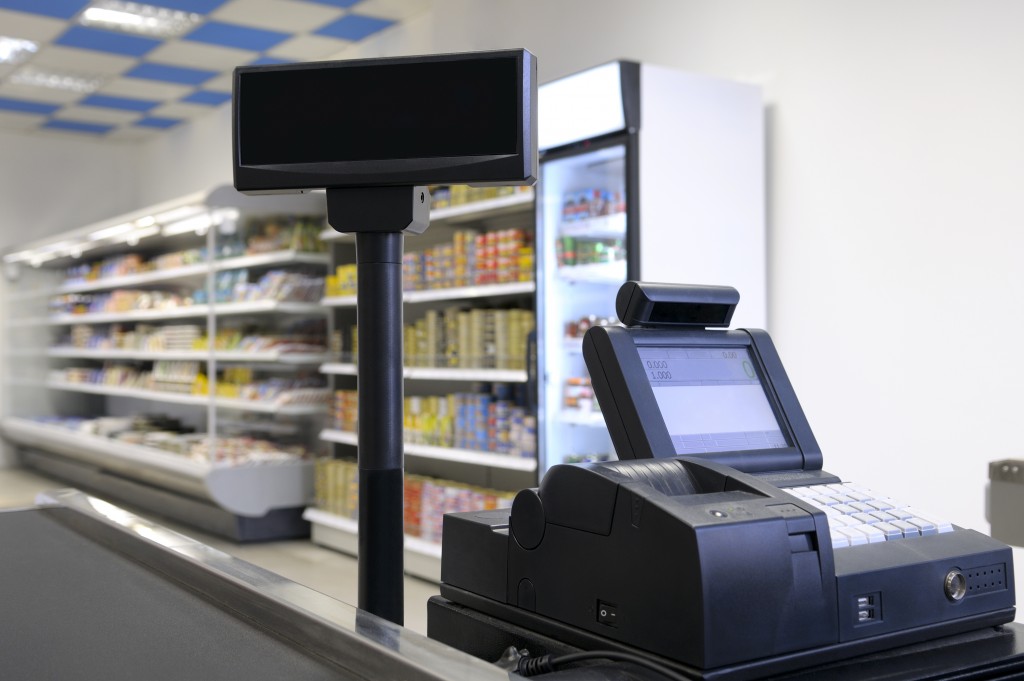- Identifying business-specific needs, reviewing security features, and testing transfer speed are crucial steps before selecting a file transfer solution.
- The solution should be scalable, user-friendly, and compatible with existing systems to ensure smooth operations and growth.
- Reliable customer support is crucial for resolving technical issues and updates efficiently.
- Before settling on a solution, exploring alternatives to compare features, pricing, and support is wise.
- The right file transfer solution selection significantly impacts future business operations and thus must be made judiciously.
In today’s digital climate, effective and efficient file transfer solutions are crucial for the success of your IT business. These solutions are the backbone of your data management, ensuring that your sensitive files are securely transferred and accurately received. Investing in these advanced solutions can streamline your workflow, save significant time, and increase your business productivity.
Identify the specific needs of your business.
Before settling on a file transfer solution, it’s essential to identify and understand the specific needs of your business, as this will guide your selection toward an option that best suits your operational requirements. Read on to learn more.
Review the security features.

Reviewing the security features of your potential file transfer solution is paramount. It’s vital to ensure that your chosen solution provides robust security measures to protect your confidential data from unwarranted breaches and cyber threats. Look for features such as end-to-end encryption, multi-factor authentication, and secure server locations.
The solution should also comply with privacy regulations applicable in your region, such as GDPR in Europe or HIPAA in the United States. A comprehensive audit trail, detailing who accessed and transferred files and when can be invaluable for maintaining accountability and detecting suspicious activity. Remember, your data’s security is integral to your business’s credibility and success.
Check the transfer speed.
The speed of file transfers is an often overlooked but crucial aspect to consider. Slow file transfers can create bottlenecks in your workflow, leading to inefficiencies and frustrations among your team members. As such, it’s important to test the transfer speed of your potential solution. This can be done by sending different types of files of varying sizes between different systems and evaluating the time taken in each scenario.
Keep in mind that speed requirements may vary depending on the nature of your business. For instance, a media production company handling large video files would likely prioritize high transfer speeds more than a small retail business dealing with smaller data sets.
Furthermore, consider how the solution handles network interruptions or failures – does it resume the transfer from where it left off, or does it start from scratch? These factors can greatly affect the efficiency and productivity of your operations.
Scalability is key.
A forward-thinking business should always anticipate growth; your file transfer solution should be no exception. Scalability, the ability of a system to grow and manage increased demand, is a crucial feature to consider when choosing a file transfer solution. If your chosen solution is not scalable, it may work well for your current needs.
Still, it could become a bottleneck as your business grows, impeding progress and causing unnecessary system replacement or upgrade costs. So, look for solutions that offer flexible storage and bandwidth options, which can be adjusted according to the evolving needs of your business.
It should also handle increasing users and concurrent transfers without compromising performance. Remember, a scalable solution is about managing growth and future-proofing your business against potential challenges and changes in the digital landscape.
Consider ease of use.
The ease of use of your file transfer solution is a critical factor to consider. In an ideal scenario, the system should be user-friendly, requiring minimal training for your team to operate it efficiently. A complex or unintuitive interface can lead to mistakes, delays, and reduced productivity.
Look for solutions that offer simple, clear, and straightforward interfaces with features such as drag-and-drop functionality and progress tracking. The solution should also provide effective customer support and detailed user guides for troubleshooting and learning purposes.
Furthermore, compatibility with existing systems and integration capabilities with your business’s other software can enhance operational efficiency. Remember, a file transfer solution that is hard to use can quickly become more of a hindrance than a help, negating any potential benefits it may have offered. Thus, prioritize ease of use when selecting your file transfer solution.
Customer support.

Reliable customer support is a crucial element to consider when selecting your file transfer solution. No system is infallible, and sometimes you may encounter technical issues, require additional guidance, or need assistance with updates. A responsive, knowledgeable, and friendly customer support team can help. Look for a solution that offers multiple support channels – such as email, phone, and live chat – and check their availability hours. Do they offer 24/7 support or only during specific business hours?
Additionally, consider the provider’s reputation for support. Research online reviews or ask for customer testimonials to understand the quality of their customer service. Remember, the faster a problem can be resolved, the less it will impact your productivity and workflow. Hence, strong customer support is an essential aspect of a robust file transfer solution.
Explore alternatives.
Finally, exploring alternatives is an essential part of the selection process. You might have identified a potential file transfer solution, such as ExaVault, but it’s wise to research the best ExaVault alternatives before making a final decision. Doing so lets you compare their features, pricing, and support to ensure you make the most informed and beneficial choice for your business.
Different providers might excel in different areas; some offer more advanced security features, while others deliver superior transfer speeds or customer support. One of these alternatives may present a more intuitive user interface or greater scalability to accommodate future growth. Therefore, researching the best ExaVault alternatives can broaden your perspective, helping you select a file transfer solution tailored to your business needs and goals.
Now it’s your next step – take action, review your specific needs, and select the file transfer solution that propels your business forward. Your future operations depend on this crucial choice. Make it count!

